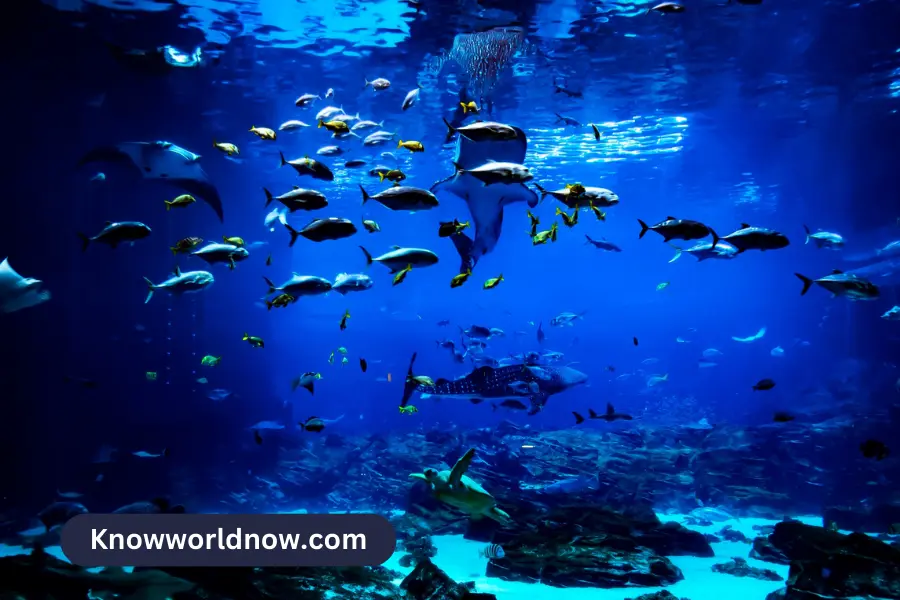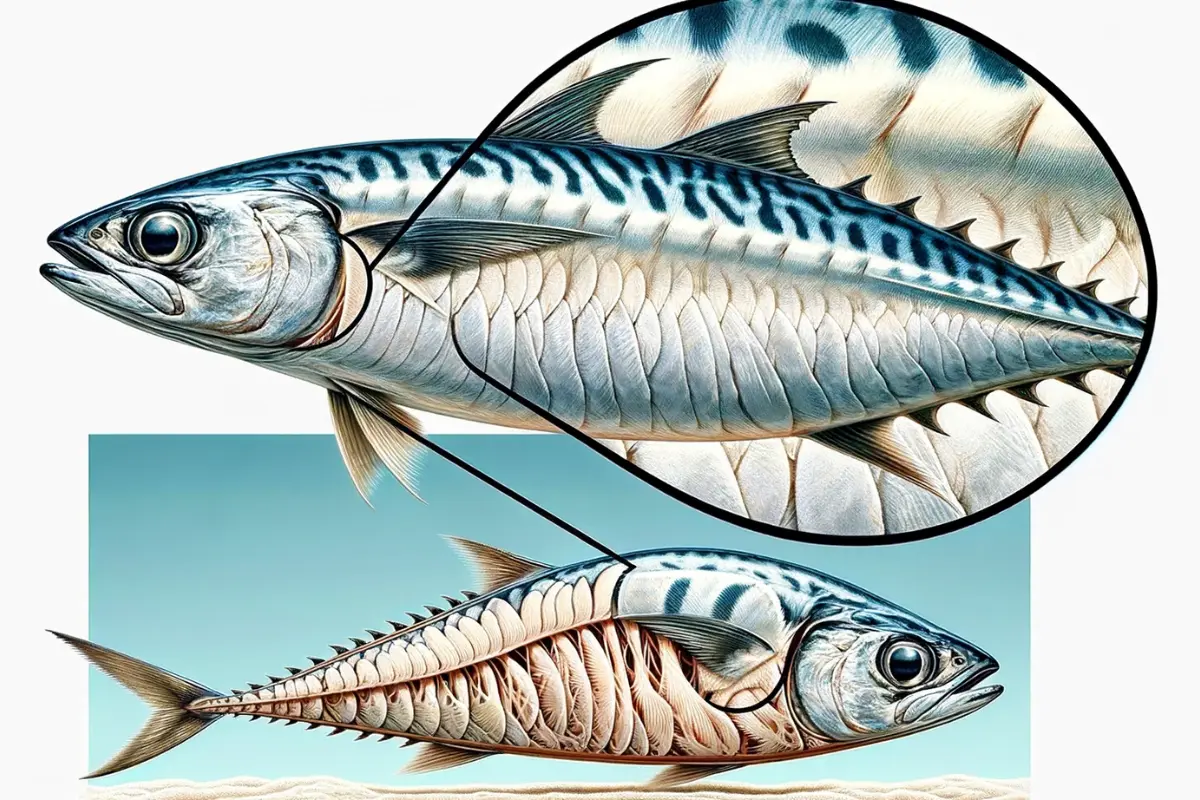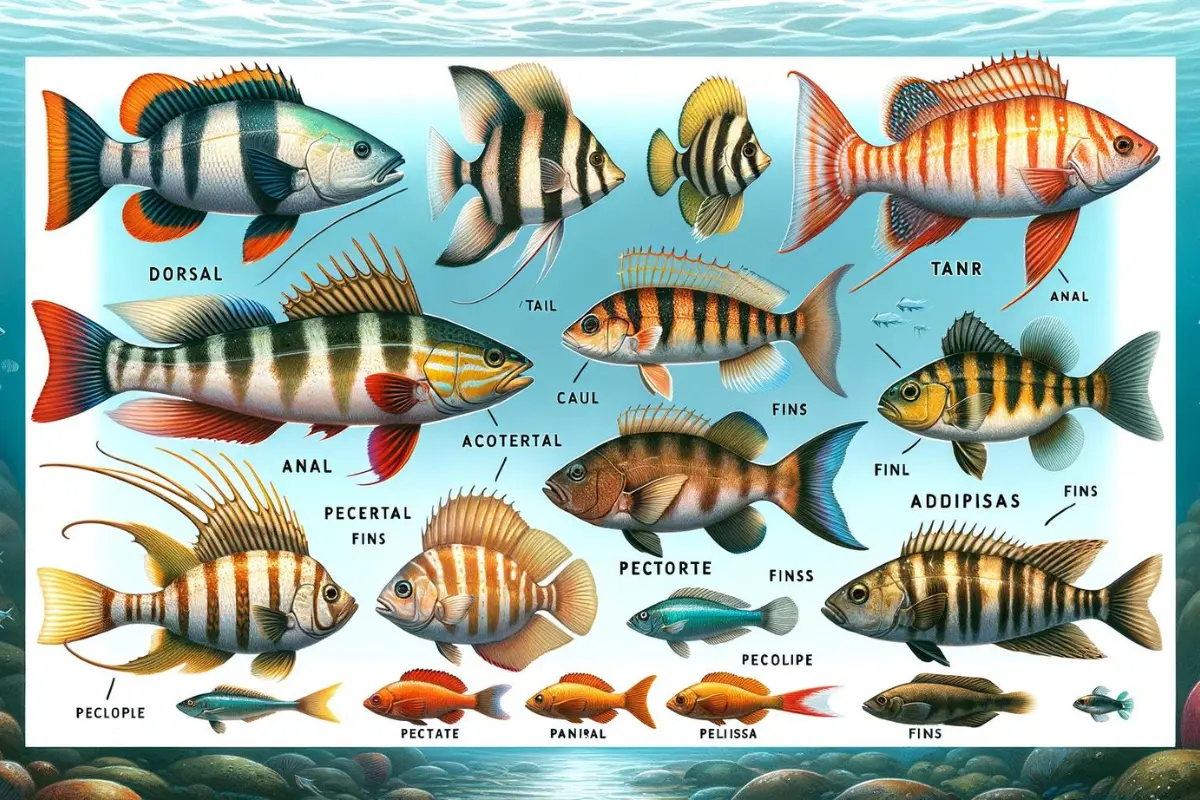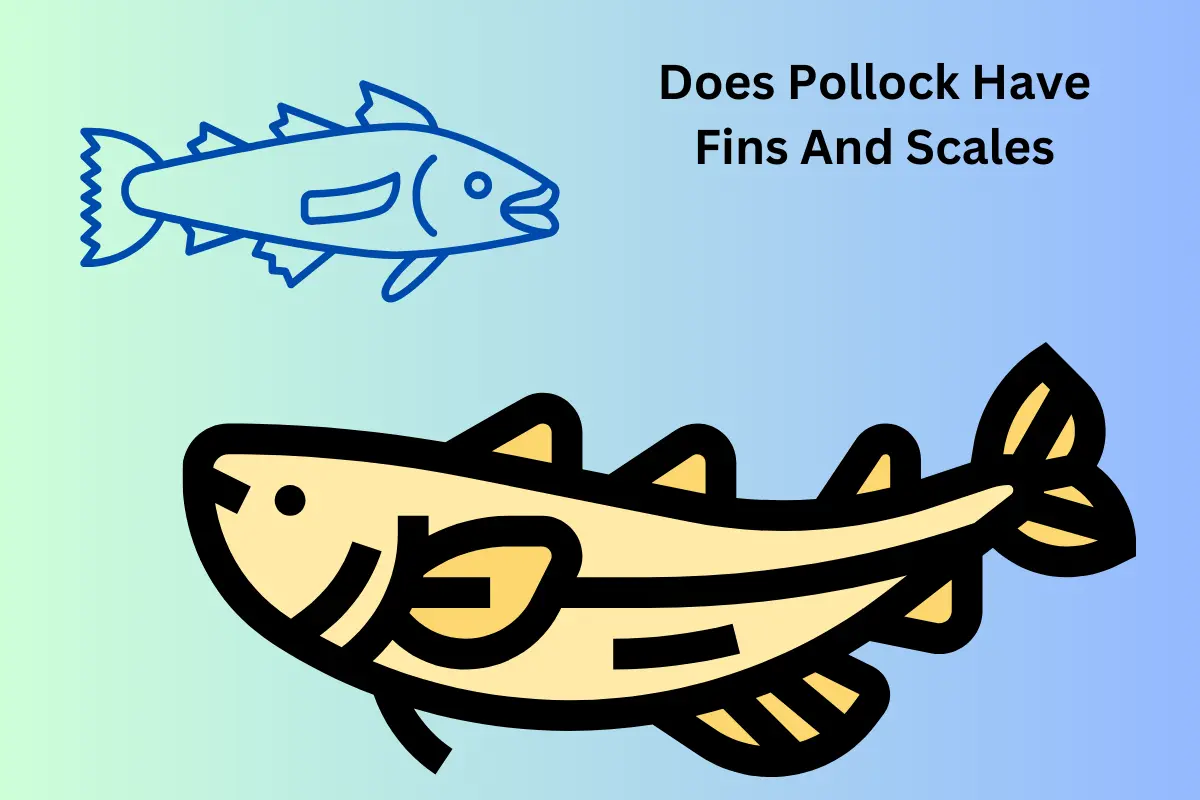Yes, salmon have fins and scales. They primarily have six different types of fins. They are dorsal, anal, pectoral, pelvic, adipose, and caudal fins. All these fins have a unique appearance that gives salmon a unique look, too.
The size and shape of the fins of salmon vary depending on their position and species. The caudal fin, also called the tail fin, is forked or lunate. Dorsal fins are triangular, anal and pectoral fins can vary in shape, and adipose fins are small but fleshy.
Their bodies are covered in overlapping scales. It provides them with protection from parasites. The fins are crucial for salmon as it helps them with stability, precise steering, and efficient propulsion.
Different Types of Fins
Salmon usually have six different types of fins. All these fins are unique in their appearance, and they have different roles assigned to them.
- Dorsal Fin: The dorsal fin is situated at the back of the salmon. These fins are triangular in shape and play a vital role in providing stability during swimming. This fin is essential for different purposes. It helps in maintaining balance and preventing rolling. Additionally, these fins ensure the salmon can navigate in various conditions.
- Anal Fin: This type of fin is located near the anus. It can vary in size and shape among different species of salmon. This fin is responsible for maintaining the fish’s balance and aids in precise movement. The anal fin complements the dorsal fin to enhance salmon’s navigation.
- Pectoral Fins: Pectoral fins are found on each side of salmon. They are located behind the gill covers. These fins are well-developed and serve as crucial tools for steering and maneuverability. Pectoral fins are vital for salmon’s precise movement and navigation through currents. The fin assists in responding to changes in aquatic environments as well.
- Pelvic Fins: These fins are positioned on the underside closer to the head. The pelvic fins contribute to the salmon’s overall stability. Though these fins are not as prominent as the other fins, they have their roles, too. They help in maintaining balance and movement during swimming. The pelvic fins add an extra layer of control to the fish’s navigation.
- Adipose Fin: The adipose fins have a small and fleshy structure. It is situated between the dorsal and caudal fins. The appearance of adipose fins can vary depending on the salmon species. More research is being conducted to find the exact role of this fin.
- Caudal Fin: The caudal fin is often referred to as the tail fin. It can be forked or moon-shaped. This fin serves as the primary driving force for the fish’s forward movement. The distinct shape of the fin allows salmon to navigate and propel themselves efficiently through the water.
Key Features of Salmon Scales
Salmon scales have identical features that can help you tell them apart from other fish. Here are the major characteristics of salmon scales.
- Salmon have cycloid scales. These scales are smooth-edged with a concentric growth pattern.
- These small scales have overlapping structures. They form a protective layer against predators and parasites.
- The scale arrangement of salmon reduces water resistance and enhances the fish’s streamlined movement.
- Scales act as a physical barrier and reduce the risk of injuries. The overlapping structure of the scales serves as a shield.
- The thickness and structure of the scale adapt to environmental conditions. It helps salmon survive in diverse aquatic habitats.
Benefits of Having Fins and Scales for Salmon
Fins and scales do not only give salmon a unique appearance; their presence has specific benefits for them.
1. Help in Flawless Movement
Both fins and scales are important for the proper movement of salmon. The fins collectively enhance swimming efficiency. Combinedly, they offer the following benefits for precise movement:
- Stability
- Navigation
- Precise steering and
- Powerful propulsion
2. Scales Work as the Protective Function
Scales serve as a protective layer for salmon. They offer defense against external threats in the aquatic environment. The small, overlapping scales shield salmon from injuries and potential predators. This feature is particularly crucial during the salmon’s upstream migration.
Salmon encounter turbulent waters, rocks, and other hazards during migration. The scales act as a physical barrier and reduce the risk of damage to the fish’s body. They also enhance overall resilience in challenging conditions.
3. Buoyancy Control
Buoyancy control is the ability to regulate depth in water. The combination of fins and scales plays a crucial role in buoyancy control. The pectoral and pelvic fins assist in maintaining balance. They prevent rolling to ensure safe navigation for the fish at different depths.
4. Thermoregulation
Scales and fins contribute to the thermoregulation of salmon. They enable salmon to adapt to different water temperatures. The overlapping scales provide insulation that helps the fish maintain a stable internal temperature. It helps them survive in different temperatures. Efficient thermoregulation supports the salmon’s physiological processes, metabolism, and enzyme functioning. Without scales, salmon could not survive in different temperatures.
5. Adaptations for Migration
The fins and scales help in the migration of salmon. The fins save energy by reducing drag. The presence of the fins and scales makes their structure streamlined. Because of this structure, salmon can survive both in the river and ocean.
FAQs
Do pink salmon have scales?
Yes, pink salmon have scales. They have overlapping cycloid scales like other species. It provides them protection and reduces water resistance. The scales also contribute to their streamlined appearance.
Do all salmon have scales?
Yes, all salmon have scales. These scales are cycloid with smooth edges and concentric growth patterns. The scales are crucial for the protection of the fish from external threats and help in thermoregulation.
Should you take the scales off the salmon?
Removing scales from salmon is a personal preference. Their scales are edible and don’t need removal for consumption. However, descaling can make the skin more palatable. Removing the scales is better for grilling and pan-searing.
Are the scales on a salmon’s body different from other fish?
Salmon have cycloid scales, which are also found in different other fishes. Fishes such as trout, carp, herring, pike, whitefish, chub, etc., also have the same types of scales.
Conclusion
Salmon, like most other fishes, have fins and scales. The fish enjoy many benefits because of the presence of these body parts. From swimming to migration and protection, both fins and scales play crucial roles. Though the fins are not edible, you can eat their scales. Fins and scales are important features of salmon for their survival in the aquatic environment.







